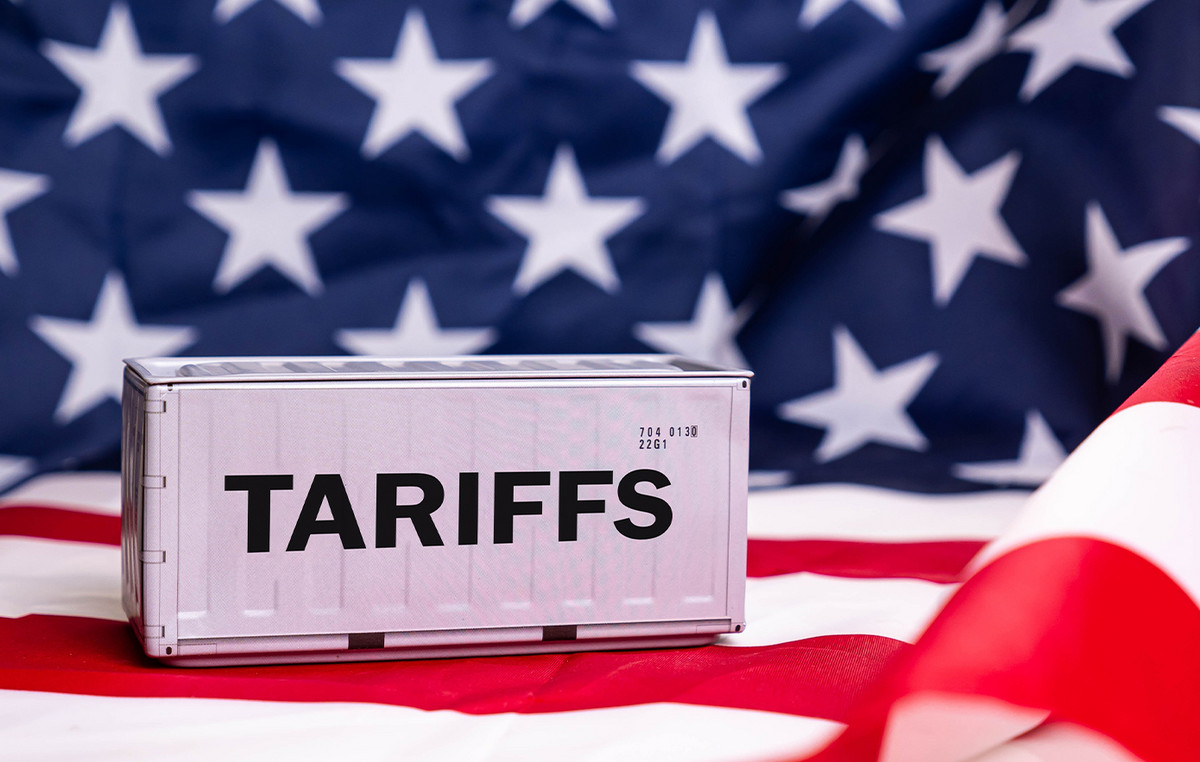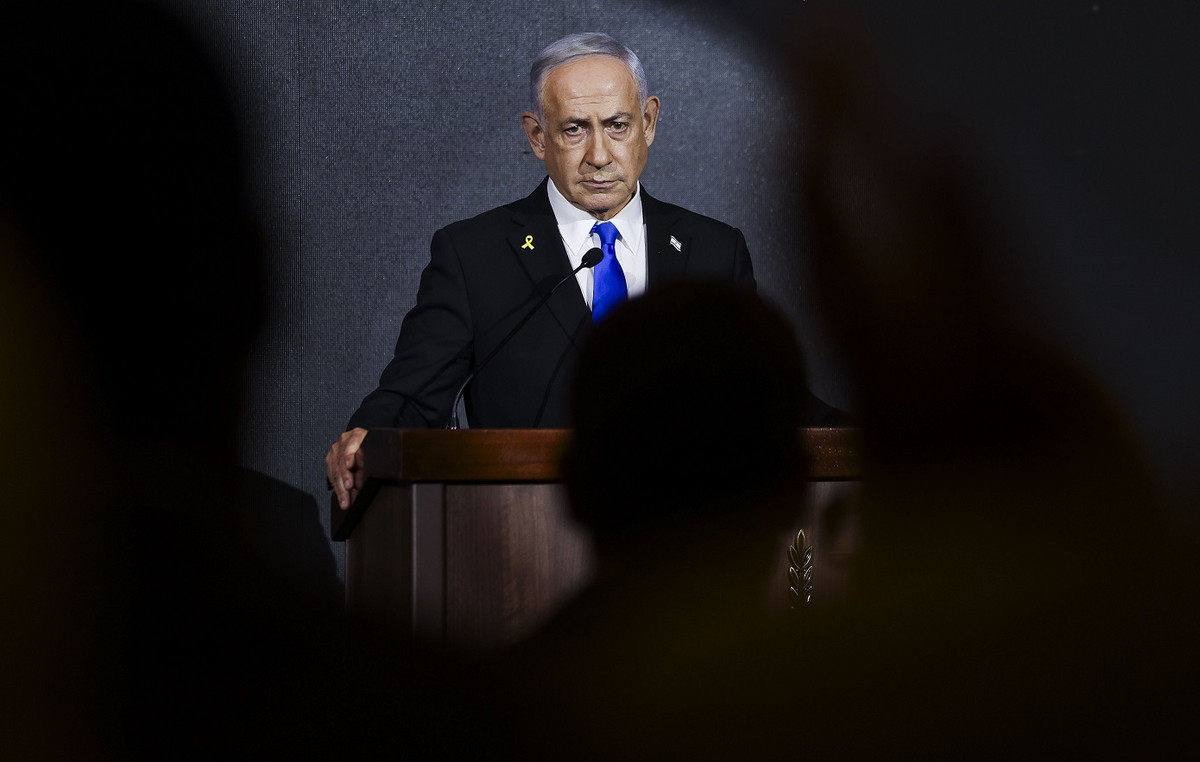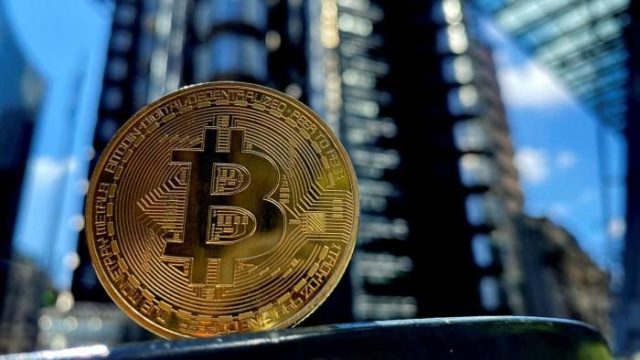He Real Brazilian weakens this Thursday despite reaching three days at the beginning of the day.
The USD/BRL closed yesterday with losses greater than 3% after Donald Trump announced a pause in 90 -day reciprocal tariffs.
This Thursday, the crossing of the US dollar against the Brazilian Real has fallen to a minimum of three days in 5,8192 and then rise to a maximum of the day in 5,9094.
He USD/BRL quote these moments about 5,9022, winning an important 1.37% daily.
The Brazilian real weakens against Trump’s tariff fluctuations
- He Real Brazilian was appreciated Wednesday when Donald Trump announced that he stopped reciprocal tariffs for 90 days and kept only the base of 10%.
- However, USA later announced that it rose the tariffs to China to 125%, which is affecting the Brazilian real, since The main business partner of Brazil is China.
- Lula da SilvaPresident of Brazil, the media appeared yesterday at the IX Summit of the Community of Latin American and Caribbean States, ensuring that it is increasingly visible than the issue of tariffs is a personal fight of Trump with China.
- The moderation of the United States inflation published today has not affected the USD/BRL although the dollar has fallen to other currencies. The American general CPI has moderated to 2.4% annual in March, below 2.8% of February and 2.6% expected.
US dollar FAQS
The US dollar (USD) is the official currency of the United States of America, and the “de facto” currency of a significant number of other countries where it is in circulation along with local tickets. According to data from 2022, it is the most negotiated currency in the world, with more than 88% of all global currency change operations, which is equivalent to an average of 6.6 billion dollars in daily transactions. After World War II, the USD took over the pound sterling as a world reserve currency.
The most important individual factor that influences the value of the US dollar is monetary policy, which is determined by the Federal Reserve (FED). The Fed has two mandates: to achieve price stability (control inflation) and promote full employment. Its main tool to achieve these two objectives is to adjust interest rates. When prices rise too quickly and inflation exceeds the 2% objective set by the Fed, it rises the types, which favors the price of the dollar. When inflation falls below 2% or the unemployment rate is too high, the Fed can lower interest rates, which weighs on the dollar.
In extreme situations, the Federal Reserve can also print more dollars and promulgate quantitative flexibility (QE). The QE is the process by which the Fed substantially increases the flow of credit in a stuck financial system. It is an unconventional policy measure that is used when the credit has been exhausted because banks do not lend each other (for fear of the default of the counterparts). It is the last resort when it is unlikely that a simple decrease in interest rates will achieve the necessary result. It was the weapon chosen by the Fed to combat the contraction of the credit that occurred during the great financial crisis of 2008. It is that the Fed prints more dollars and uses them to buy bonds of the US government, mainly of financial institutions. Which usually leads to a weakening of the US dollar.
The quantitative hardening (QT) is the reverse process for which the Federal Reserve stops buying bonds from financial institutions and does not reinvote the capital of the wallet values that overcome in new purchases. It is usually positive for the US dollar.
Source: Fx Street
I am Joshua Winder, a senior-level journalist and editor at World Stock Market. I specialize in covering news related to the stock market and economic trends. With more than 8 years of experience in this field, I have become an expert in financial reporting.







